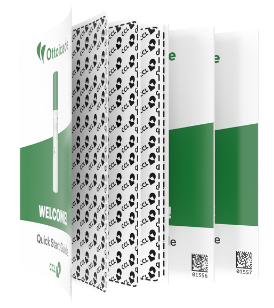What are Medication Guides?
Medication guides, also known as patient information leaflets or package inserts, are essential documents that come with prescription drugs. They contain crucial information about the medication, including its intended use, potential side effects, and dosing instructions. Medication guides are an important tool for both patients and healthcare providers to ensure safe and effective use of medication.
The Purpose of Medication Guides
The purpose of a medication guide is to inform patients about the medication they are taking, including its potential risks and benefits. Medication guides can also help patients understand how to take their medication properly, including when to take it, how often to take it, and how to store it. By providing this information, medication guides can help prevent medication errors and ensure that patients are taking their medication as intended. 
Medication guides are typically written by the drug manufacturer and approved by the U.S. Food and Drug Administration (FDA). They must include specific information required by the FDA, such as the medication’s approved uses, potential side effects, and any warnings or precautions that patients should be aware of. Medication guides may also include additional information about the medication that is not required by the FDA, such as tips for managing side effects or advice on what to do if a dose is missed.
It is important for patients to read the medication guide before taking a new medication. Patients should also keep the guide with them in case they need to refer to it later. If a patient has any questions about the medication or its use, they should speak with their healthcare provider.
Medication guides are particularly important for certain types of medications, such as those with a high risk of side effects or those that require careful monitoring. For example, medication guides for antidepressants typically include information about the risk of suicidal thoughts and behaviors, while medication guides for blood thinners may include information about the risk of bleeding.
In addition to medication guides, there are other resources available to help patients understand their medications. Pharmacists can provide information about a medication’s use and potential side effects and may also offer advice on how to manage side effects. Online resources, such as the FDA’s MedWatch program, can also provide information about medication safety and potential side effects.
In conclusion, medication guides are an important tool for ensuring safe and effective use of prescription medications. Patients should read the medication guide before taking a new medication and keep it with them in case they need to refer to it later. If a patient has any questions or concerns about their medication, they should speak with their healthcare provider. By working together, patients and healthcare providers can help ensure that medications are used safely and effectively.